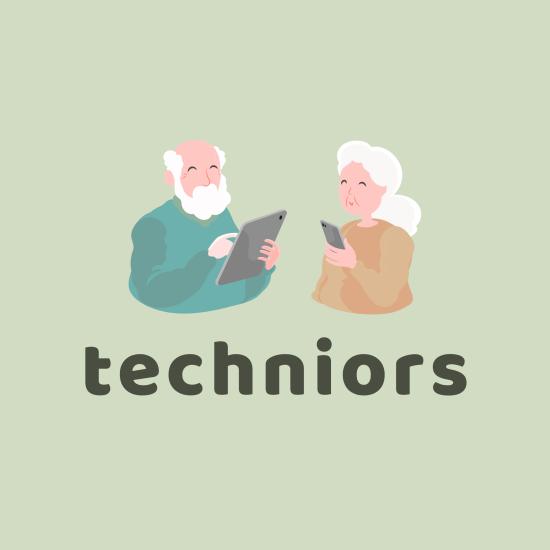Techniors: Making graceful aging virtually real
Can we make at-risk seniors feel more comfortable and confident in using online video communication services, like Zoom?
Online social and healthcare services are potential solutions for enhancing the autonomy and wellbeing of senior citizens. It’s a safer alternative for them during the COVID-19 pandemic when in-person events are largely limited. Senior community centers that serve at-risk senior groups, such as Center for Elders' Independence (CEI), have been trying to engage their members via Zoom but find it extremely difficult for seniors to get connected virtually. Empirical research from caregivers and service providers in our interviews revealed two barriers related to low engagement with these at-risk seniors: 1) difficult technology devices interaction experience 2) intimidation of learning something unfamiliar.
This project presents insights to make telecommunication technology more accessible to senior users, specifically for those from lower socioeconomic background and digital literacy. Deriving from our initial 11 interviews with nursing home caregivers, social workers, and HCI and medical scholars, and 5 field observations in CEI's events, we hypothesized that physical affordances resembling experiences seniors are already familiar with, combined with senior-friendly UX design, can make seniors feel more comfortable in using video communication services, such as Zoom.
To test that hypothesis, we prototyped one low-fidelity and one high-fidelity wireless device with common Zoom features and conducted 12 usability tests. The result indicates that a tool that takes less mental effort and gives consistent feedback can encourage seniors to interact with applications such as Zoom. More importantly, our findings show that senior participants feel more empowered to keep learning and using new technology once they overcome the initial barrier.










